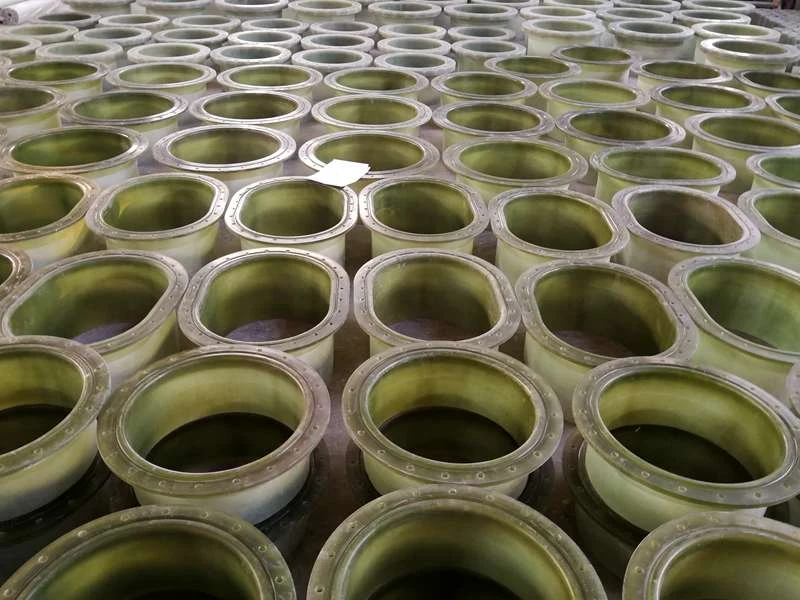
-
 Afrikaans
Afrikaans -
 Albanian
Albanian -
 Amharic
Amharic -
 Arabic
Arabic -
 Armenian
Armenian -
 Azerbaijani
Azerbaijani -
 Basque
Basque -
 Belarusian
Belarusian -
 Bengali
Bengali -
 Bosnian
Bosnian -
 Bulgarian
Bulgarian -
 Catalan
Catalan -
 Cebuano
Cebuano -
 China
China -
 China (Taiwan)
China (Taiwan) -
 Corsican
Corsican -
 Croatian
Croatian -
 Czech
Czech -
 Danish
Danish -
 Dutch
Dutch -
 English
English -
 Esperanto
Esperanto -
 Estonian
Estonian -
 Finnish
Finnish -
 French
French -
 Frisian
Frisian -
 Galician
Galician -
 Georgian
Georgian -
 German
German -
 Greek
Greek -
 Gujarati
Gujarati -
 Haitian Creole
Haitian Creole -
 hausa
hausa -
 hawaiian
hawaiian -
 Hebrew
Hebrew -
 Hindi
Hindi -
 Miao
Miao -
 Hungarian
Hungarian -
 Icelandic
Icelandic -
 igbo
igbo -
 Indonesian
Indonesian -
 irish
irish -
 Italian
Italian -
 Japanese
Japanese -
 Javanese
Javanese -
 Kannada
Kannada -
 kazakh
kazakh -
 Khmer
Khmer -
 Rwandese
Rwandese -
 Korean
Korean -
 Kurdish
Kurdish -
 Kyrgyz
Kyrgyz -
 Lao
Lao -
 Latin
Latin -
 Latvian
Latvian -
 Lithuanian
Lithuanian -
 Luxembourgish
Luxembourgish -
 Macedonian
Macedonian -
 Malgashi
Malgashi -
 Malay
Malay -
 Malayalam
Malayalam -
 Maltese
Maltese -
 Maori
Maori -
 Marathi
Marathi -
 Mongolian
Mongolian -
 Myanmar
Myanmar -
 Nepali
Nepali -
 Norwegian
Norwegian -
 Norwegian
Norwegian -
 Occitan
Occitan -
 Pashto
Pashto -
 Persian
Persian -
 Polish
Polish -
 Portuguese
Portuguese -
 Punjabi
Punjabi -
 Romanian
Romanian -
 Russian
Russian -
 Samoan
Samoan -
 Scottish Gaelic
Scottish Gaelic -
 Serbian
Serbian -
 Sesotho
Sesotho -
 Shona
Shona -
 Sindhi
Sindhi -
 Sinhala
Sinhala -
 Slovak
Slovak -
 Slovenian
Slovenian -
 Somali
Somali -
 Spanish
Spanish -
 Sundanese
Sundanese -
 Swahili
Swahili -
 Swedish
Swedish -
 Tagalog
Tagalog -
 Tajik
Tajik -
 Tamil
Tamil -
 Tatar
Tatar -
 Telugu
Telugu -
 Thai
Thai -
 Turkish
Turkish -
 Turkmen
Turkmen -
 Ukrainian
Ukrainian -
 Urdu
Urdu -
 Uighur
Uighur -
 Uzbek
Uzbek -
 Vietnamese
Vietnamese -
 Welsh
Welsh -
 Bantu
Bantu -
 Yiddish
Yiddish -
 Yoruba
Yoruba -
 Zulu
Zulu
Innovative Design for FRP Handrails in Modern Architecture and Safety Solutions
The Importance of FRP Handrails in Modern Construction
In today’s construction industry, safety and durability are paramount. One of the critical components that ensure safety in various structures is the handrail. Among the different materials utilized for handrails, Fiberglass Reinforced Plastic (FRP) has gained immense popularity due to its superior properties. This article explores the benefits and applications of FRP handrails, making them an ideal choice for modern construction.
What is FRP?
Fiberglass Reinforced Plastic (FRP) is a composite material made from a polymer matrix reinforced with fiberglass. This combination results in a lightweight, strong material resistant to corrosion, chemicals, and extreme weather conditions. Given its remarkable physical and mechanical properties, FRP has become a preferred choice in numerous applications, particularly for handrails.
Key Advantages of FRP Handrails
1. Corrosion Resistance One of the most prominent advantages of FRP handrails is their resistance to corrosion. Unlike traditional materials such as steel or wood, which can deteriorate over time due to moisture or chemical exposure, FRP handrails maintain their integrity and appearance. This feature makes them particularly suitable for coastal areas and industrial settings, where exposure to harsh environments is common.
2. Lightweight and Strong FRP is significantly lighter than metal alternatives, making it easier to handle and install. Despite its lightweight nature, FRP is incredibly strong and capable of supporting substantial loads. This combination of strength and lightness reduces the overall structural load, facilitating a more efficient design process.
3. Low Maintenance The durability of FRP handrails translates into lower maintenance costs. They do not require regular painting, treatment, or replacement, making them a cost-effective option over their lifecycle. This low maintenance need is especially appealing for commercial and industrial facilities, where downtime can translate to significant lost revenue.
4. Versatile Design Options FRP can be molded into various shapes and sizes, providing designers and architects with the flexibility to create aesthetically pleasing and functional handrails. This versatility allows for customization to meet specific design requirements while ensuring compliance with safety standards.
frp handrail

5. UV Resistance The UV resistance of FRP handrails prevents fading and degradation over time, ensuring long-lasting visual appeal. This quality is crucial for outdoor applications where exposure to sunlight can reduce the lifespan of conventional materials.
Applications of FRP Handrails
FRP handrails are utilized in a wide range of environments. Common applications include
- Industrial Facilities Chemical plants, wastewater treatment facilities, and food processing units benefit from the chemical resistance and durability of FRP handrails.
- Marine Environments Marinas, docks, and shipyards use FRP handrails due to their corrosion resistance to saltwater.
- Commercial Buildings Retail spaces and office buildings advantageously employ FRP handrails for both safety and design aesthetics.
- Residential Areas Homeowners increasingly recognize the benefits of FRP handrails for decks and stairways, combining safety with low maintenance.
Conclusion
In conclusion, FRP handrails represent an innovative solution that aligns with the demands of modern construction. Their unique properties deliver the strength, durability, and minimal maintenance required for a variety of applications. As safety regulations become more stringent and environmental conditions continue to challenge traditional materials, FRP handrails stand out as a reliable choice for architects, builders, and property owners alike. Investing in FRP handrails is not just a decision for current needs, but a commitment to long-term safety, maintenance efficiency, and aesthetic appeal.









